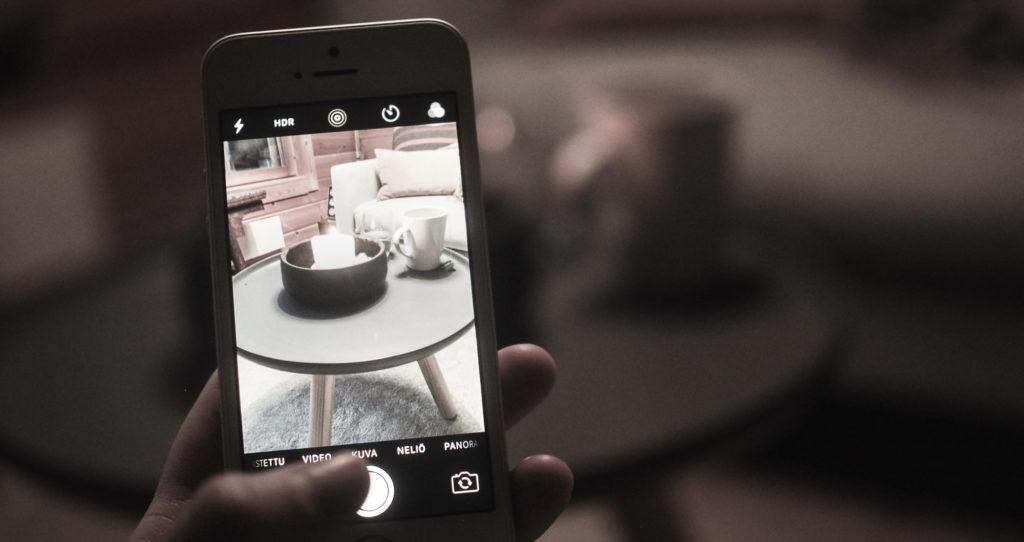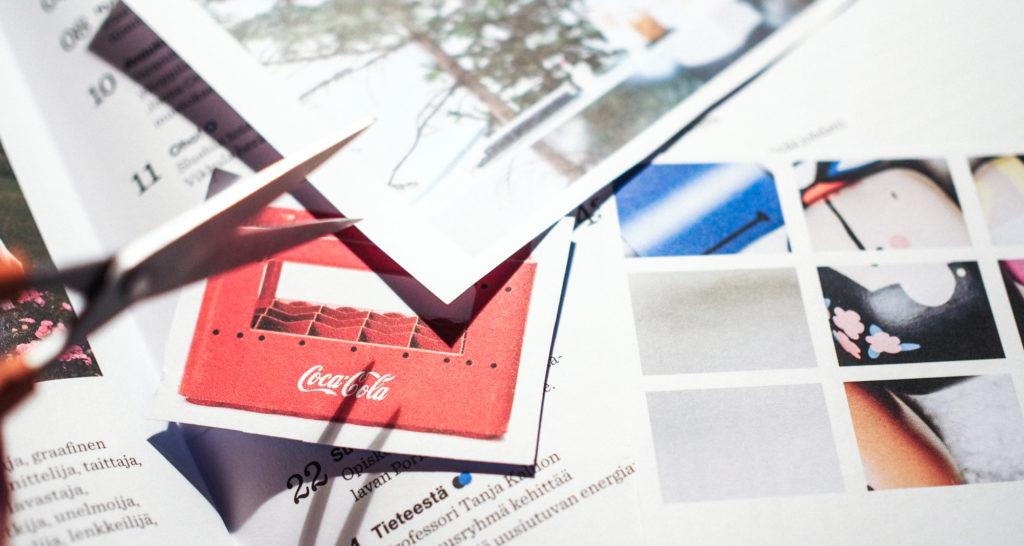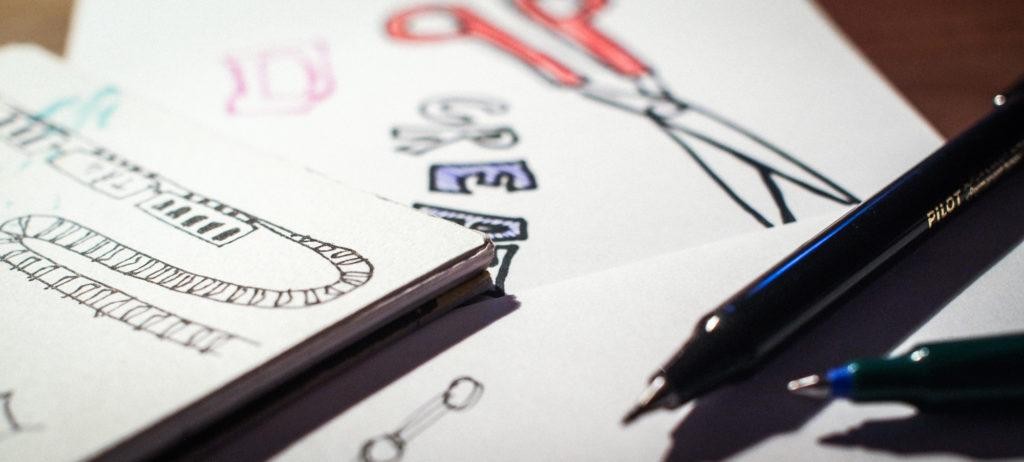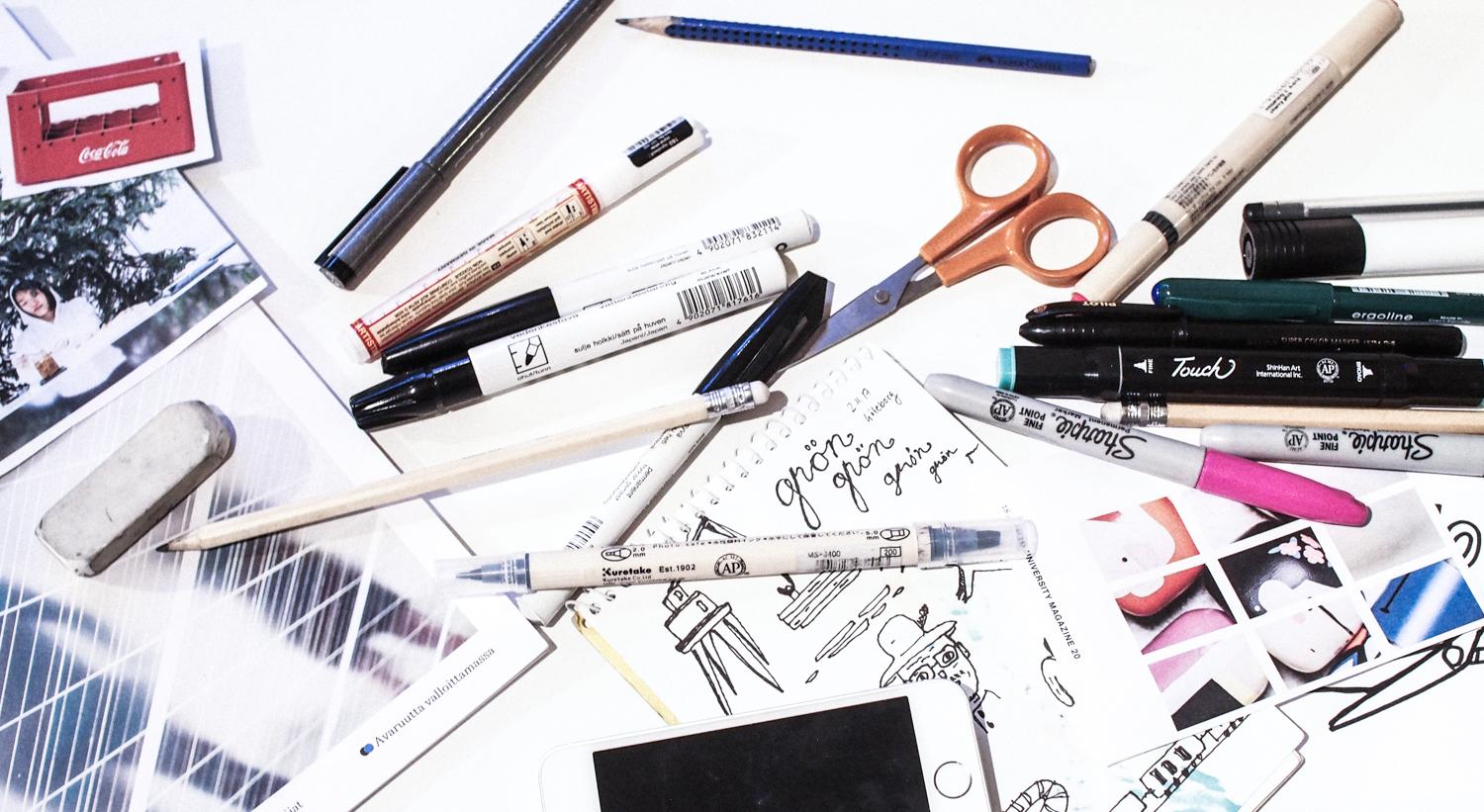At best, visuals can help covey a message more effectively, build empathy and help to get everyone on the same page in a project. But how to get started? These few tips will help you get tuned into your creative side and help you to incorporate more visuals into your everyday work.
Communication and conceptualizing ideas could benefit from the use of aiding visuals to convey the message more effectively and bring more life to a presentation. In the new book by the ADF community, Dr Stefania Passera explains in her chapter (Show, Don’t Tell!) that visuals can convey empathy, aid in understanding and analysis, as well as help in collaborative situations where everyone should get on the same page. Especially when the question is about tacit information embedded in personal experiences and practices, visual presentation can make things more explicit and tangible.
“.. you do not need to be an artist to be allowed to use visual representations effectively, in the same way you do not need to be a professional writer to be allowed to create texts.” – Stefania Passera
While it’s widely acknowledged that using visuals is a helpful tool in communication, often people hesitate to use them. We often question our artistic skills and do not necessarily identify as “the creative type”. However, Stefania points out that most of the time even very simple and easy visuals such as flowcharts, stick figures and photographs will get the job done; you definitely don’t need to be a Picasso to get started! Inspired by Stefania’s insights, we’ve collected some tips below how to tune into your creative side and start using more visuals in your everyday work. Try one, two, or all and see what happens!
1. Use infographics or mind maps to organize data and ideas. Using more visual cues doesn’t automatically mean that you should always create something artistic, but it can be a way to organize ideas, thoughts, plans and data in a different way. These types of data- or info-based graphics can be either hand drawn or you can use handy digital templates for example from Microsoft Excel. Choose the style that suits you.

2. Use your phone to take photos and include them in your work. Most of us carry our smart phones throughout the day and already take photos of things we find interesting. Photos do say more than thousand words, so why not use some of these photos to emphasize a point in a presentation, inspire your team or cheer up a power point slide.

3. Play with magazine cut-outs. If drawing something seems like an unbearable obstacle, one way to start experimenting with visuals is to use pictures from magazines. Building a mood board, forming scenarios or just bringing a bit of inspiration to an ideation session, are some examples of what to do with these cut-outs.

4. Get a sketchbook and start the day by doodling. As with any other skills, you can also get better at drawing by practicing and practicing. With a sketchbook and no expectations, you can start doodling down things you see around you or even fill pages with simple shapes and colours. There are no rules for how you use a sketchbook, but remember that not everything you do will be perfect; leave room for mistakes and experimentation!

5. Join an online course, book a creative class in your city or find a friend that could be a mentor. By having regular creative and visual tasks, along with basic tips will increase motivation and make sure that you will keep on practicing. Perhaps you can find others around you who would like to join you on this visual journey! Skillshare for example, is a great place to learn from creative professionals (www.skillshare.com).

Hungry for more right now? Our community has gathered the building blocks for passion-based co-creation (which is, in a nutshell, a way of experimenting to create something new together, sprinkled with a hefty dose of intrinsic motivation) in a handy book. The book can be downloaded from here.
 Aalto DF
Aalto DF